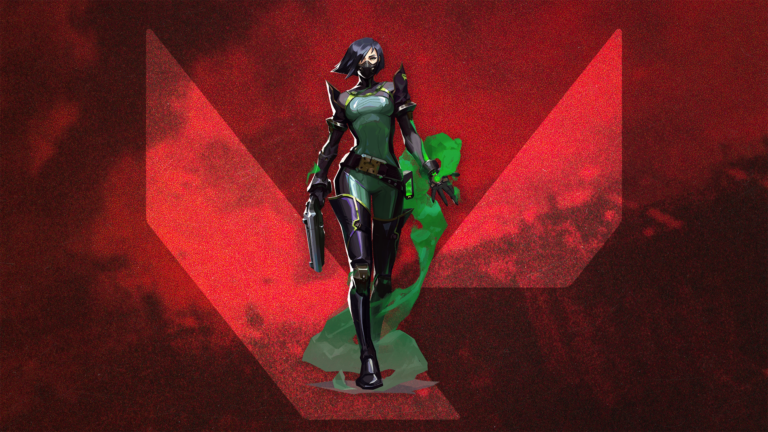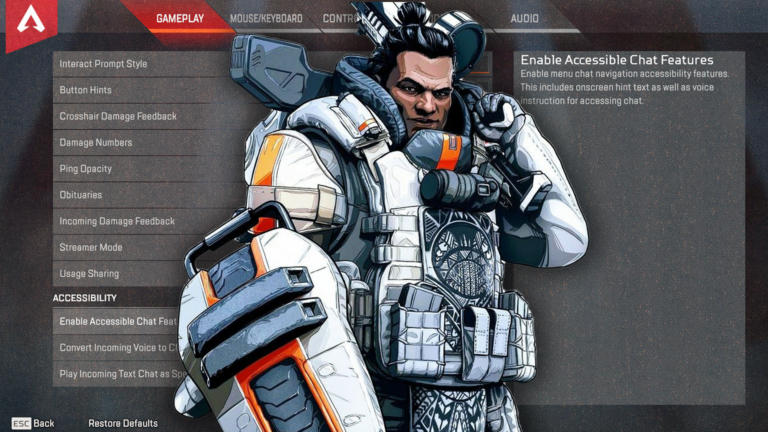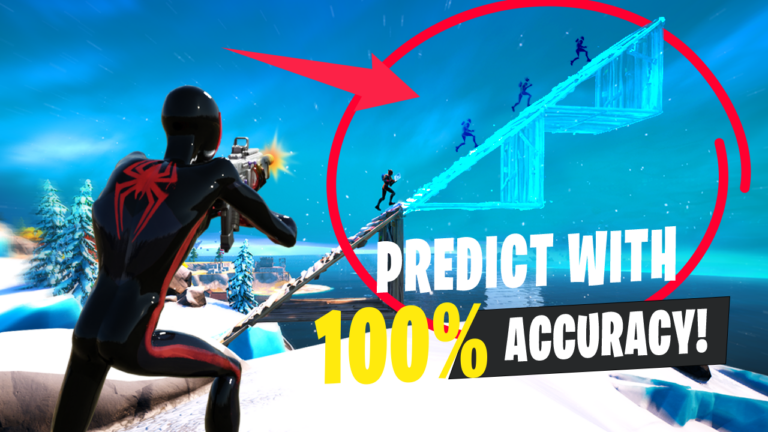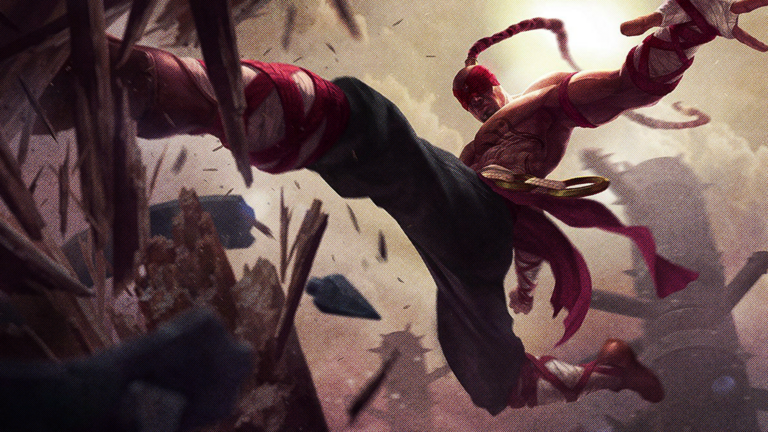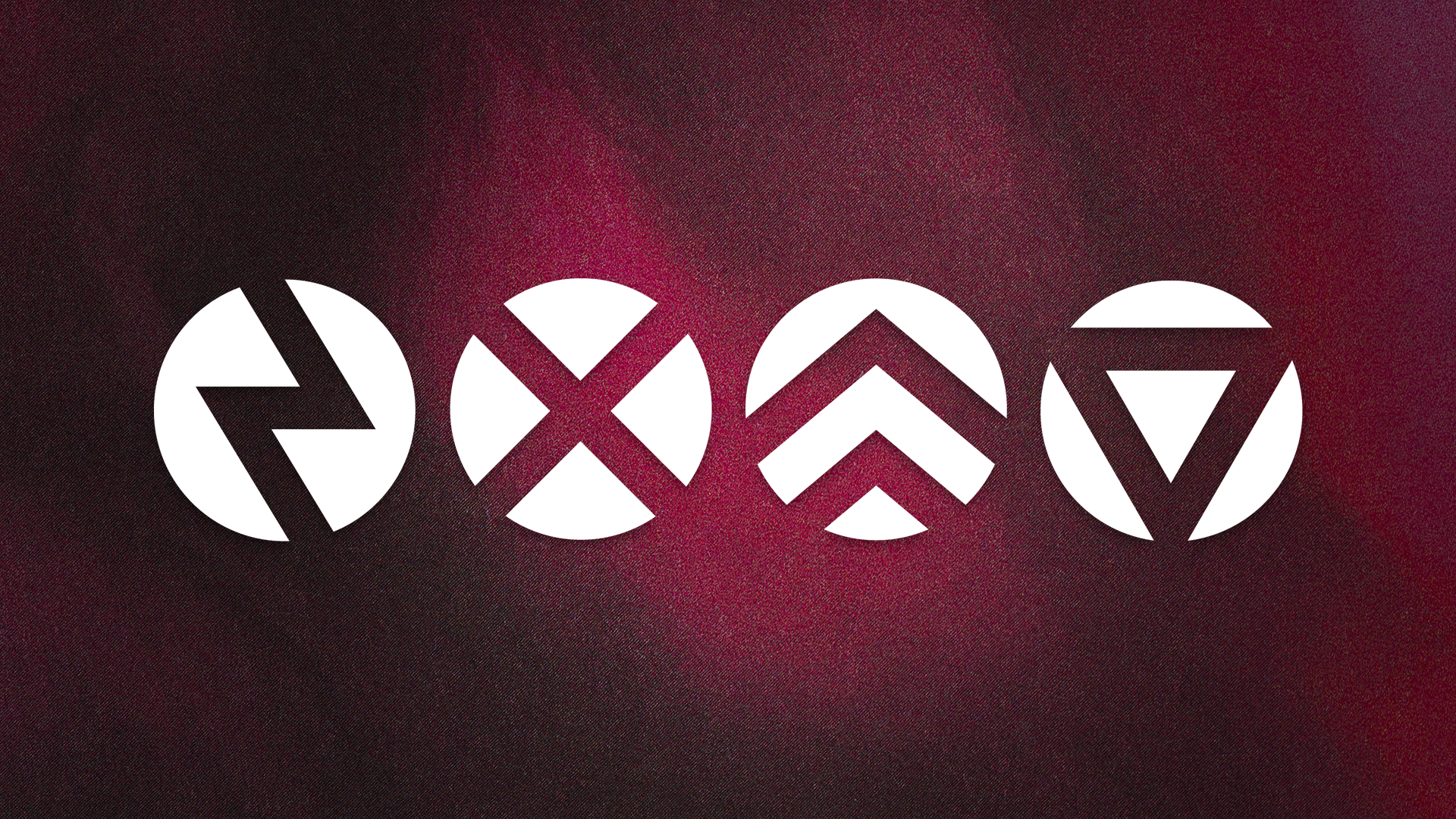
The Complete Guide To Finding Your VALORANT Role
In this guide, we’ll go over VALORANT’s roles and what it means to be good at each of them!
Roles are a core aspect of VALORANT. Every role is different, and finding one that suits you and your playstyle can make a huge difference when playing. So if you wanna climb the ranks fast, finding your VALORANT role will really help.
Why do agent roles exist?
First and foremost, what are the roles, and why do they exist?
There are four different roles:
- Duelists – who like to Duel, seek out engagement and get into fights
- Initiators – who help your team take control and get onto sites
- Controllers – who both help take areas of the map and control the pace of the game
- Sentinels – who are masters at stalling and defending positions
The main idea with roles is to encourage teamwork and to give players different ways of affecting play. Having a balanced composition of roles on your team is important. When each player understands their role’s strengths and weaknesses, and how to work in collaboration with the other roles on your team, the chances of success are much greater.
Understanding how to play your role is crucial – just locking in an Initiator doesn’t guarantee value. Your role requires you to understand the agents in it, and it requires a specific playstyle. For example, if you really want to play aggressively, you’ll have a hard time as a Controller, so it’s important to pick a role that fits your playstyle.
Let’s break down the roles in detail …
Duelist

The first role we are going to dive into is the role that’s focused on contesting and winning space for your team; the Duelist.
When you think of what it means to be a star Valorant player or hard carrying your teammates to victory, the Duelists are often the first agent class to come to mind. Taking constant gun fights, being the center of the action, and paving the way for your team’s success; the best Duelists embody what it means to be aggressive and confident, always willing to push their mechanics to the limit. Do this well and you’ll end up making lots of “space” for your team.
Creating space
What does it mean to “create space?” And can any agent create space? Technically yes; however, not all agents can create this space safely. Duelists are specially designed with a more selfish kit to help them make aggressive plays as safely as possible.
A great example of this would be Jett’s ability to smoke dash into bomb sites in order to be a distraction on-site while being relatively safe in her smoke. Compared to an agent like KillJoy trying to run it down onto site with her turret out … being the first one to take a Duel is what being a Duelist is all about, so your mechanics need to be sharp.
Mechanics
While it is true that all roles require you to be proficient mechanically, Duelists are almost all or nothing in this aspect. Granted, some Duelists are more kill-reliant for impact than others, but the more gunfights they can win, the more they open up the map for their team.
Currently, there are two subclasses of Duelists, each having different abilities to help them frag out and get space. Those two classes are “movement” Duelists (Jett, Raze, and Neon) and “flashing” Duelists (Reyna, Phoenix, and Yoru). Both are perfectly suited to carry games, but the movement class is generally stronger though harder to learn. The reason for their success is because of their ability to be aggressive in neutral zones while remaining safe. Basically, because of their movement, they just have more options.
Teamwork
Now, even though the Duelist role is less reliant on their team to make plays, that doesn’t mean communication isn’t important for them. One of the greatest differences between a good Duelist and a great Duelist is the way they integrate with their team.
Confidence and a willingness to be outgoing goes a long way in VALORANT, but for Duelists it can make or break the player. Initiators are a Duelist’s best friend since their utility gives information about the enemy’s position.
Think about it; imagine how much easier it is for an agent like Jett to enter onto site if one of the defenders is pinged by a Sova dart, or if the drone is able to clear some angles beforehand. Even on defense, these Duelist/Initiator combos are extremely deadly and limit the attacker’s options the more space you take. Breach and Neon are awesome examples of this playstyle combo.
In short, to be a great Duelist, you need to have solid mechanics, a willingness to be aggressive and go first, great communication, and a creative brain!
Initiator
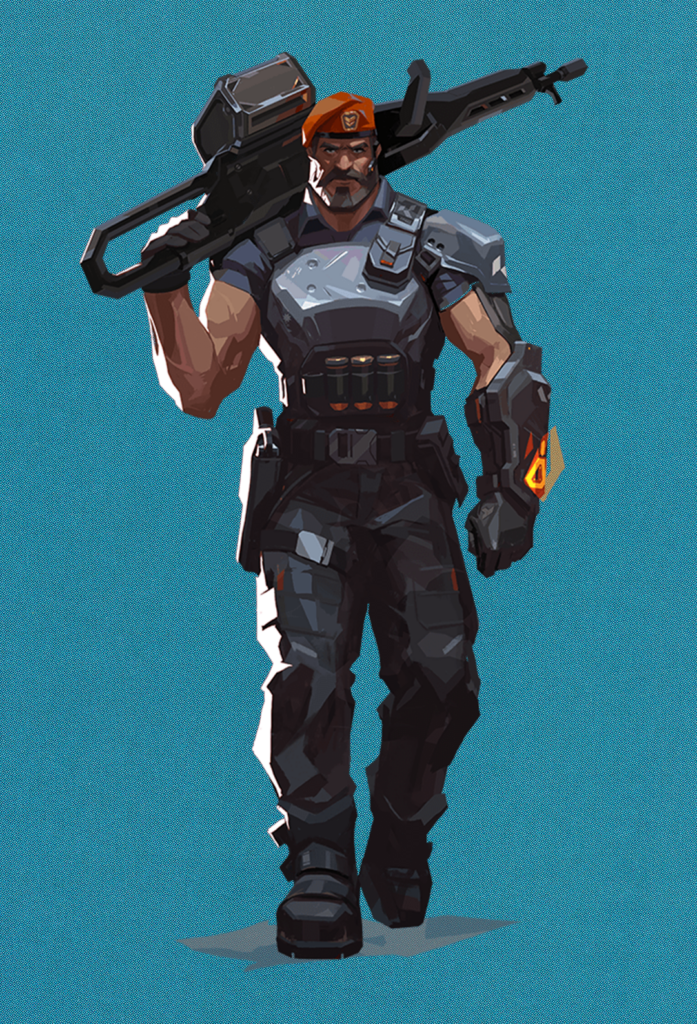
If you consider yourself a team player and you enjoy pulling the strings behind the scenes, this is the role for you. Behind every top fragging Jett should be the Initiator racking up ten-plus assists.
The goal of Initiators is to gather information about the enemy team and make taking space easier. Now don’t get me wrong, some good lineups are always helpful for not only knowing exactly what your utility is revealing, but also to make sure you get max value from that utility. But what if we told you, it’s not about where your utility is used, but when you use it that counts? An Initiator’s patience will determine not only how the start of rounds will be played out, but how your team recovers if something goes wrong. Timing is the most important aspect of playing the Initiator role. You could have a good dart or flash, but if it’s mistimed it effectively goes to waste and could even lead to hurting your team.
Working with Duelists
Remember how we said that great Duelists are always looking to work with their Initiators to gain an advantage in their fights? Well, the best Initiators go out of their way to set up plays with their Duelists too. If your Duelist is having a difficult game, a good Initiator knows how to set them up for success. Thinking ahead and executing plays based on enemy weaknesses is the epitome of the role. This is because it’s almost impossible for Initiators to follow up on their own utility. If you were to dog or drone into a position by yourself and clear it, by the time you walk to where the utility ended, an enemy might have already moved into that position. So since no one was able to capitalize off your util, you lead yourself into a trap.
Timing and communication
Having good timing is rooted in communication. However, it is less essential if you pay attention to what your teammates are doing on a round-to-round basis. It’s important to remember the timers relevant to the Initiator you’re looking to play. An excellent example of this would be Sova’s dart.
Sova starts the round with one charge of his Recon Bolt and after it’s used he doesn’t have it back for 40 seconds. Use this information well; if you go slow, you can use it for free, but by the time your team is going for a hit, you will want to have it back. A well informed team will always be better off than a team who’s Initiator isn’t really considering what their utility is helping to achieve.
Last stand
As rounds progress however you will find that it isn’t always about your team. At the start of the round, yes, you get value by staying alive and playing around them, but once they die, and you’re left last, it’s all you! Which means this role is awesome for people who like to clutch it up!
If you are busy droning, dogging, ulting, flashing ext you will almost always be the last one into combat situations. This means playing the role correctly will result in you having more chances than the average player to have high impact end-of-round plays. Not to mention, Initiator abilities are perfectly suited to finding the remaining enemies for a nice advantage.
Lastly, if mechanics aren’t your strong suit, Initiator is nice since no matter how bad your aim might be on a given day you can STILL have insane impact throughout a game. This role is for those who have extreme patience, solid consistency, good map awareness, and clear communication. However, if Initiators don’t really do it for you, fear not, there’s two more roles to go!
Controller

The Controller role is looked at by many as the least interesting role to play, but this is far from the truth. Controller is a role built for players who like to think outside the box. Yes, the basic job of a Controller – to smoke off the common angles, or angles your team can’t safely hold – is straightforward. However, once you achieve mastery of the basics, that’s when you can use your brain to slowly and systematically destroy the enemy team.
A Controller’s primary job is already important: smoking off dangerous angles so that enemies need to think twice before pressuring your team. But you’re also denying information of your team’s positions and delaying enemies from aggressing. You can see this being done on both attack and defense and it’s the foundation of the role.
Consistency
Being consistent is a massive part of what it means to be a Controller, if you miss just a single smoke, or time it wrong, you should basically expect your team to lose the round. If you’ve ever wondered why the Controller agents are given the names “Controllers”, it’s because of how they impact the flow of every round.
An example could be if the enemy decided to do an all-out C push on Haven. One Omen smoking at the entrance is going to have the entire enemy team thinking twice about whether or not they are making the correct play. This is what it means to section off the map from the enemy team in order to lock them out of a position.
Controllers decide what bomb sites are open for their team to go to and what parts of the map need to be controlled for success. This is an extremely important position in Valorant and one with a high skill ceiling meant for those who love to grind for improvement.
Timings

One of the more advanced Controller concepts is that of creating “timings.” A “timing” is basically an area of the map where the enemy team COULD be playing in or could have walked through, even if they haven’t. Using timings you can manipulate the enemy team into holding positions where your team is nowhere to be found. Or, you can help your teammates achieve God-tier flanks and lurks.
Some examples you might use in your ranked games are on Haven. Many players will throw an Omen smoke at the top of C long to deny information and create timings down the C long position. Or, maybe a Jett/Omen smoke on A long to create a possible timing down Short A. Just using smokes you create positions of the map where the enemy team needs to commit either utility or a player themselves to hold down.
Tempo
Along with timing, tempo is the other half of what tests the Controller role’s skill ceiling. All tempo means is how quickly or slowly your team is operating around the map. In most cases the attacking team will control the tempo from round to round and the Controller agent largely dictates what your team’s tempo ends up being.
An example is the difference between Omen and Brimstone. Omen wants a slower tempo since his smokes recharge and he can only place one at a time. While an agent like Brimstone wants to throw his stim and storm onto a site.
Versatility
Determining how to use each Controller agent from map to map is why the skill ceiling is so high and why almost all Controller players do not one trick an agent. Some Controllers are even hybrid agents that are able to fill the jobs of other roles to a lesser extent.
A fantastic example of these agents are Astra, Harbor and Viper. Viper and Astra not only perform the job of a Controller but pushing onto a site they are holding can feel like a nightmare on attack. They both share a hand in the Sentinel cookie jar as far as defending goes. Harbor is a sort of “Controller/Initiator” hybrid since he both covers those long angles but helps your team clear sites safely with his wave, cove, and ultimate.
So if you’re the type of player who wants to mastermind the game through agent and map knowledge, insane macro and slowly perfecting a craft, the Controller role is probably for you.
Sentinel
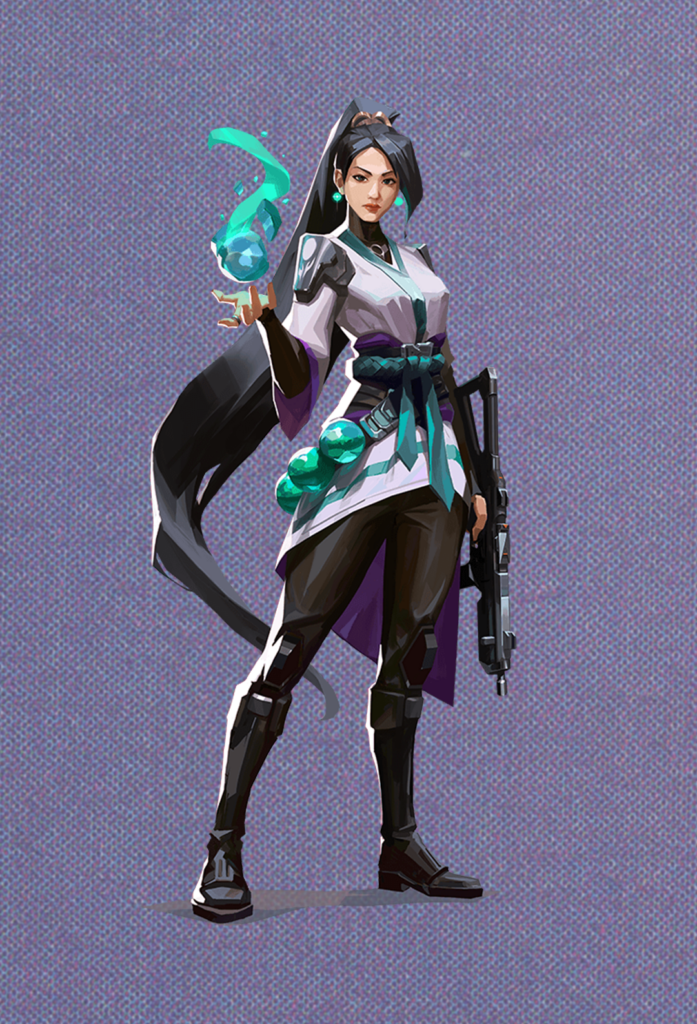
The final role we will be covering in this video is of course the Sentinel role; the role for players who love to play on their own terms and want to set traps for the enemy team.
The main goal of any Sentinel is to retain control of areas of the map that are high value. Examples of this would be bomb sites or your team’s flank on attack.
Using your utility
Sentinels are equipped with utility that aids them in fragging out the enemy team. Pair this utility with a good memory from round to round and you have a role with almost unmatched impact. But the way you use this utility is what really determines how impactful you’re going to be in this role.
You should be able to adjust your trips, turrets and mollies on the fly and do so in an effective-yet-unpredictable fashion. This is where having tailored setups for every map can come into huge effect and win your team rounds.
You always want to be taking fights on your terms and using your utility to get your kills. If you are taking fights with the enemy not being affected by your util you’re doing something wrong. Bad Sentinels surprise their enemies once or twice and then see themselves getting countered the rest of the half, while good ones continue to carry their team over all 12 defensive rounds.
You want to be all over the map switching from A to B to mid and back to A again with different setups for each. Playing Sentinel is all about gaining an advantage before you even hit the queue button through crazy preparation and fundamental understanding. Excellent utility usage can even circumvent the troubles of below-average aim, anyone can kill someone held in place by a cypher trip, lighted up through a cage.
Enemy attack patterns
Now, what happens if you have the perfect setup but the enemy team never comes to your bomb site … well, you just lose the game, actually it’s unlucky. And of course, I’m kidding – when the enemy team is avoiding your bomb site that’s actually a massive advantage for your team. However, many Sentinel players don’t understand what they need to do in order to take advantage of this read of the enemy team.
If you have been playing around B three rounds in a row you can either switch the bomb site you’re playing OR you can play around it by having your team stack the other bombsite. The Sentinel role is for those who are trying to develop an understanding of the enemies attack patterns and punish them for it. It’s for players who pay attention to every detail and set traps that no amount of aim can bail the enemies out of.
Guarding the flanks
What about on attack? Is your utility useless? Absolutely not! Your number one goal on attack is to make sure your team is never getting flanked by the enemy. You can achieve this using utility or by trying to gain information by pressuring the opposite sides of the map. Many pro Sentinel players are known for their amazing lurks pulled off because of their understanding of the map, and the timings of rotation. Not to mention even if you go with your team and capture a bomb site. Having defensive utility to help prevent your opponents from trying to retake can be some of the most round securing ability usage in the game.
Planning ahead, remembering the smallest details of a round, setting traps and beating enemies with your brain over aim is what the Sentinel role was designed for.
Conclusion
Valorant has so many agents all with crazy different jobs and playstyles! As every player is different, so is their perfect role, but hopefully this video gave you a better idea of what it is that fits you.

